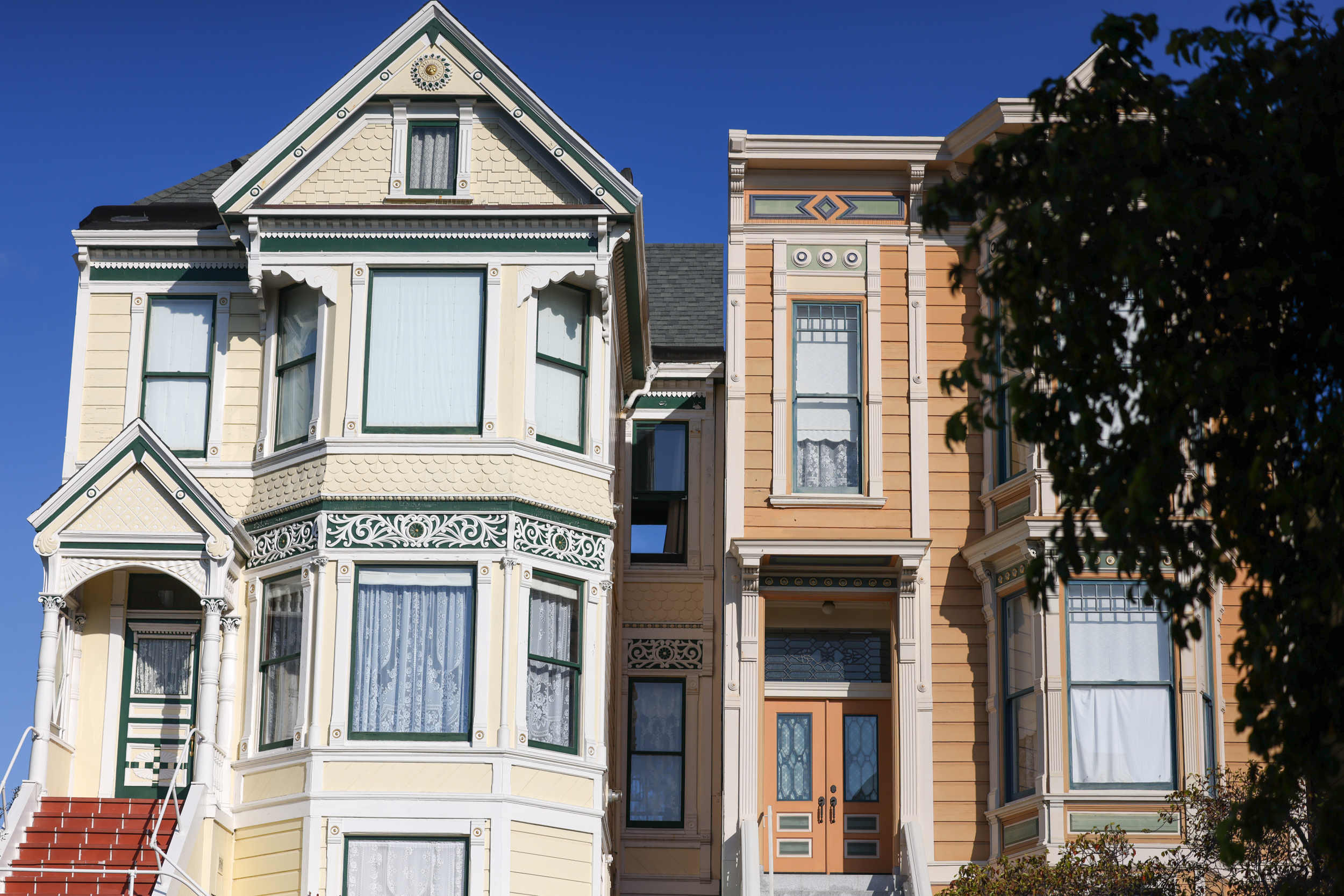U.S. home values have continued their downward slide from the frenzied heights of last summer—and the Bay Area’s tumble is sharper and steeper than anywhere else in the country, according to a new report from real estate company Redfin.
The total value of U.S. homes dropped by 4.9%—$2.3 trillion—from the height of the market in June to the end of 2022. That’s the largest drop over that period since 2008.
When looking at the Bay Area specifically, San Francisco saw its home prices lose $37.3 billion in value or 6.7% of their value from December 2021 to December 2022, a larger year-over-year drop in percentage terms than any other major U.S. metropolitan area. Overall value went from $554.8 billion to $517.5 billion.
The other two major cities in the region ranked second and third for the biggest declines nationally: Oakland and San Jose saw values fall of 4.5% and 3.2%, respectively.
Only three other metros ranked in the country’s 100 most populous areas saw year-over-year declines, according to Redfin: New York (-1%), Seattle (-0.4%) and Boise, Idaho (-0.3%).
U.S. home values rose from $42.5 trillion in December 2021 to $47.6 trillion in June 2022 before losing more than $2 trillion of their gains by December 2022.
Redfin attributes the particular weakness in expensive coastal tech hubs—of which the Bay Area is the predominant example—to the population exodus kicked off by the pandemic, a recent pattern of layoffs in the tech sector and the volatility in the stock market.
Plus, these areas were already the most expensive in the country, meaning there’s more room to fall. For example, San Francisco’s median home sale price dropped 9.4% year over year in January—among the highest in the country—but still sits at $1.3 million.
Redfin said the biggest factor in these pricing drops has been a fall in homebuyer demand driven by the federal government’s rate hikes to slow the pace of inflation, thereby making mortgages more expensive.
The average 30-year fixed mortgage rate was 6.49% in December compared with 5.09% in June, according to Freddie Mac.
“Unfortunately, a lot of people were left behind. Many Americans couldn’t afford to buy homes even when mortgage rates hit rock bottom in 2021, which means they missed out on a significant wealth building opportunity,” Redfin economics research lead Chen Zhao said in the report.
But the declines are driving some buyers back into the market after sitting on the sidelines during the peak last year.
“Three of my listings recently went under contract after sitting on the market for more than a month,” Ali Mafi, a Redfin real estate agent in San Francisco said in the report.
“They all had a few showings here and there in the fall, but no buyer wanted to pull the trigger. And then suddenly in the new year, we had 10 or 15 people touring each property.”
Reflecting a continuing pandemic-era trend of movement from urban areas to suburbs, suburban areas are seeing their home values hold better than in cities, a factor Redfin attributes to the prevalence of remote work.
One other trend line tracked by Redfin was that predominantly Asian neighborhoods saw a 0.7% year-over-year decline in home value. Majority Black, white and Latino neighborhoods all saw home price gains.
Redfin said that the population’s presence on the West Coast, which has seen a relatively large drop-off in home value, may play a role in this discrepancy.
